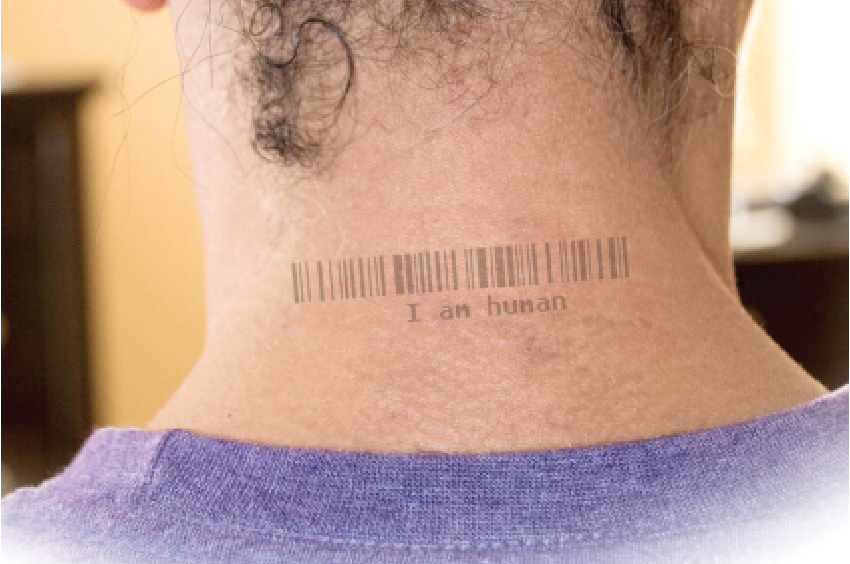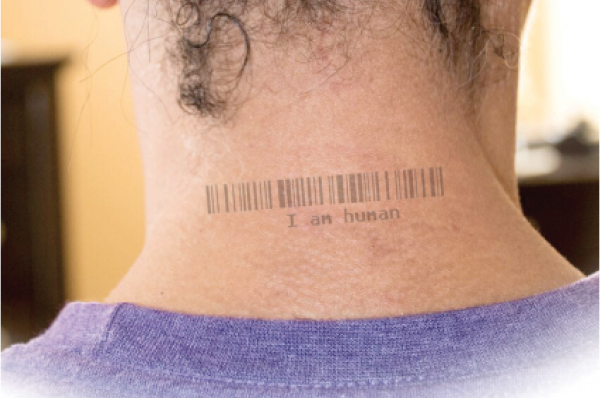

The main problem government and law enforcement have when dealing with human trafficking and its sub-market sex trafficking is how to identify it.
The human trafficking industry is so ubiquitous and yet so hidden that much of it goes undetected in everyday life. I can’t say I’ve ever met a perpetrator or a victim of human trafficking, but I also can’t say I would know it if I had.
That’s why I’m here to suggest a way for everyday people like you and me–people who are not as knowledgeable about human trafficking as the government and law enforcement–to better identify abuse in our everyday lives.
The Department of Homeland Security (DHS) defines human trafficking as “a modern-day form of slavery involving the illegal trade of people for exploitation or commercial gain.”
I believe the more general the definition of human trafficking is, the better; and I particularly like the DHS’ definition. Any instance of a person being traded illegally for exploitation or commercial gain is an example of human trafficking.
Get more specific, and you run the risk of clouding the issue and creating misconceptions. This is why I’m not providing anecdotes or citing specific cases in this article. Specific examples paint too much of a mental picture. Besides, we already know human trafficking exists, and I don’t need to prove it to you with examples full of contrived pathos.
These and many more misconceptions persist in the average person’s mind because of the usual business of misunderstanding. Anecdotal reportage and pop-culture images (such as those memories you still have of the movie “Taken”) are ultimately damaging to the average person’s understanding of the industry as well.
It’s important to acknowledge what limitations we have in identifying and stopping human traffickers. We are not profilers or specialists, but we are people with eyes and ears, courage and discernment.
We can, to begin with, keep our eyes open for suspicious phenomena the DHS mentions that often indicate human trafficking is afoot: the victim is generally disconnected from family and is not attending work or school, they’re acting timid and fearful, are perhaps sick or undernourished, and seem “coached” or controlled in some way.
If you suspect someone of being a victim of sex trafficking, your role is simply to identify and report; tell law enforcement what you’ve seen, and be as descriptive as possible.
Another thing to keep in mind is the question of consent. Coercion is a prominent weapon in a human traffickers’ arsenal, and it’s often difficult to distinguish between someone who is non-consenting and someone who is consenting.
Duhaime Legal Dictionary defines sex trafficking as “The coercion of an individual into, or maintained therein, prostitution.”
It’s difficult to determine what causes someone to assent to prostitution in the first place. A victim of sex trafficking might agree to have sex for money, but might also have been coerced into that decision all the same. Therefore, once the conditions of human trafficking are established, consent is no longer genuine, so it’s important to be aware that a victim might have been coerced into consent. In this case, victimhood might very well appear to be voluntary.
One market for the acquisition of humans to traffic is through the Internet, as CNN points out. They also mention one calling card of a trafficker, which is to have their name or logo tattooed on the victim.
According to the FBI, other vulnerable people are “minors, certain immigrant populations, the homeless, substance abusers, the mentally challenged and/or minimally educated, and those who come from cultures that historically distrust law enforcement or who have little or no experience with the legal system.”
But despite these profiles, it’s important to retain a sense of broadness to the category of human trafficking. It can happen to anyone, especially here in Atlanta, which is an enormous hub for human trafficking, according to CBS46.
“. . .we know there’s a range from 200-300 girls [who] are trafficked each month in our city,” Mary Frances Bowley told CBS46.
To note, there are many organizations doing a lot to help alleviate the harm human trafficking causes, such as Polaris and Shared Hope, which aim to combat the problem through the development of public policies and raising awareness.
If you know anyone who is a victim, contact your local police department, tell them everything you have seen, and don’t shy away from the possibility that it might be happening in your own backyard, because it definitely is.
